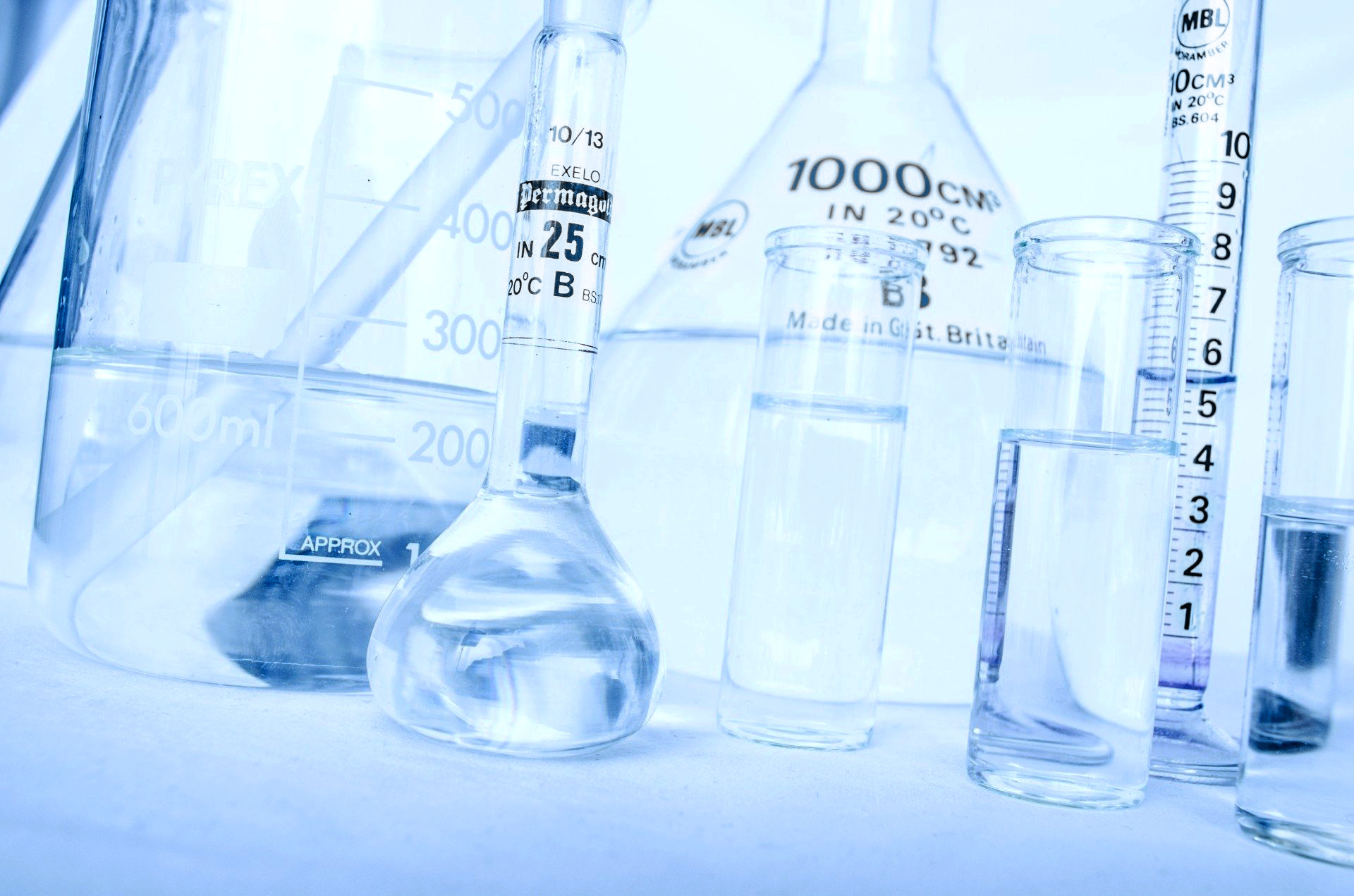Lubricants and in particular metal-cutting fluids are used in all processes where metal is machined. They are used to reduce the production of heat (due to metalworking) through cooling and lubrication, to remove metal chips and to protect against corrosion.
In practice, aqueous cutting fluids are subject to microbial contamination.
The pollution encountered has various origins:
- impurity in the dilution water already containing bacteria
- deposits of dust and dirt on workpieces
- transmission of germs when handling parts
- debris from food and beverage
- fillings and shot forming sedimentations in pipes and tanks
- high temperature for the growth of germs in plants and machines
- design of installations and operation of cooling systems
Any kind of dirt activates the multiplication of micro-organisms.
The absence of oxygen during the weekly closures favours the development of anaerobic bacteria, fungi and yeasts, in particular the desulfo-vibrio bacteria known as "black rot" producing hydrogen sulphide. They are the cause of the nauseating odours characteristic of "Monday morning". While aeration reduces their growth, total inhibition can only be achieved by adding a dose of bactericide before closing on weekends. (ORGANCIDE 14 and ORGANCIDE OX)
On the other hand, aeration activates the growth of aerobic bacteria. Their smell is less noticeable and the colour of the fluid changes little.
Fungus and yeasts manifest themselves as viscous, sometimes thick deposits of suspended films or membranes. They are the cause of obstructions in pipes and filters. Like many species of bacteria, they lower the pH.
These contaminations have significant effects on metalworking fluids: there will be economic repercussions on the price of cutting fluids to which must be added the costs of production stoppages and cleaning, which are not negligible.
In order to avoid these various problems, the cutting fluids should be checked regularly and treated with a biocide depending on the results.
For these different tests, you can refer to our MICROTEST range: we use MICROTEST A which can detect the presence of different types of micro-organisms (aerobic and anaerobic reducing bacteria, fungi, yeasts) and MICROTEST SR to detect sulfate-reducing bacteria.
Our laboratory can also carry out analyses on Petri dishes of cutting fluids in use.
Biocides can be incorporated into cutting fluids or added directly into tanks.


